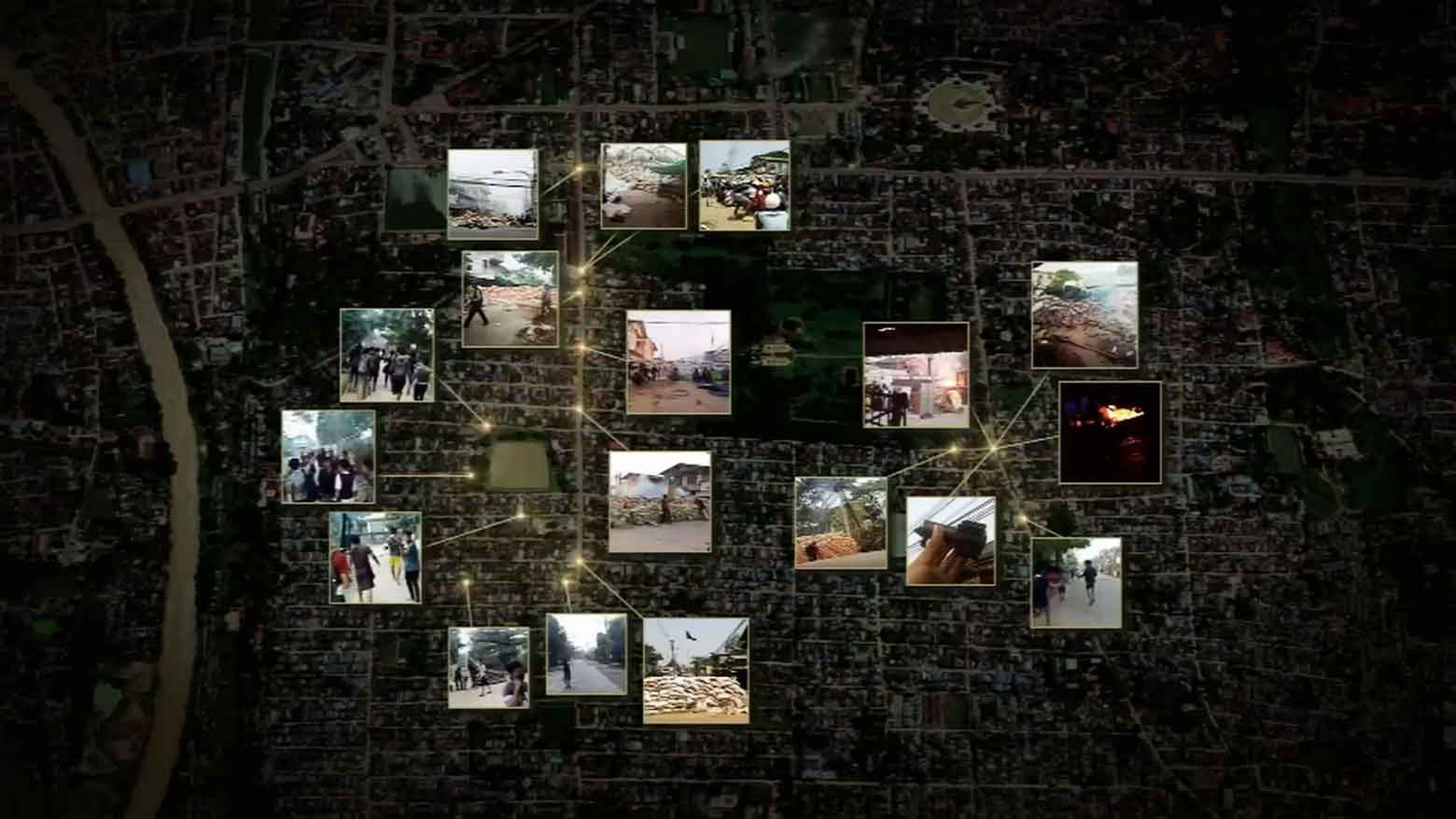Crackdown in Bago
In the weeks following February’s coup, Myanmar became the scene of brutal violence as the military crushed peaceful protests around the country. Civilians recorded videos of the bloodshed, posting them on social media, but starting in April, most such footage has disappeared from the internet.
What is suspected to be one of the deadliest crackdowns took place in the city of Bago on April 9. According to human rights group Assistance Association for Political Prisoners, 82 people were killed. The identities of those slain remain largely unknown.
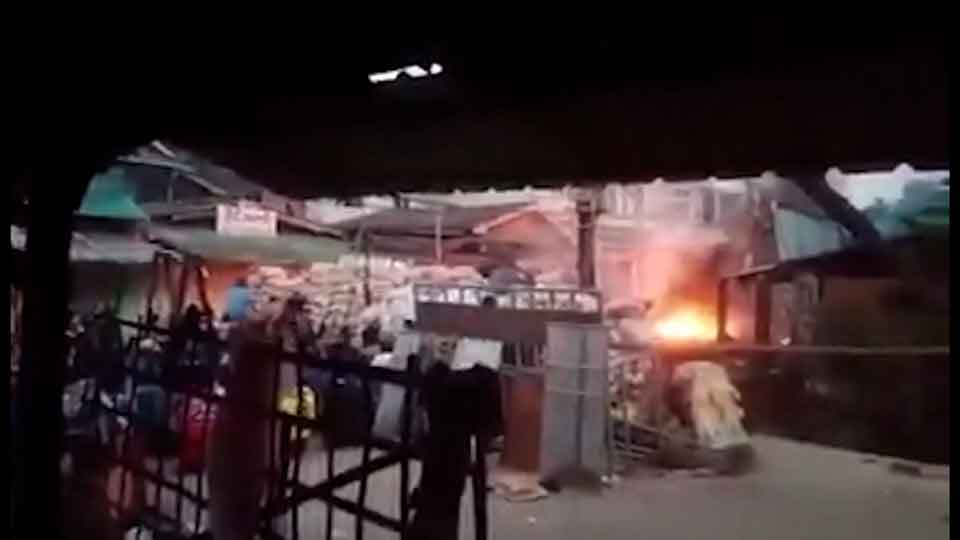
Very little about the incident is known outside the country—or in it. According to state-run television’s version of events, one person was killed in riots that left two security officers injured.
Silence from Bago
Since the coup, Win Kyaw and Ma Thi Da, a couple from Myanmar living in Japan, have been reaching out to people in the country, asking for information about what is going on. They say it has been almost impossible to reach people in Bago. Many of the city’s residents have fled and can no longer be contacted by phone.
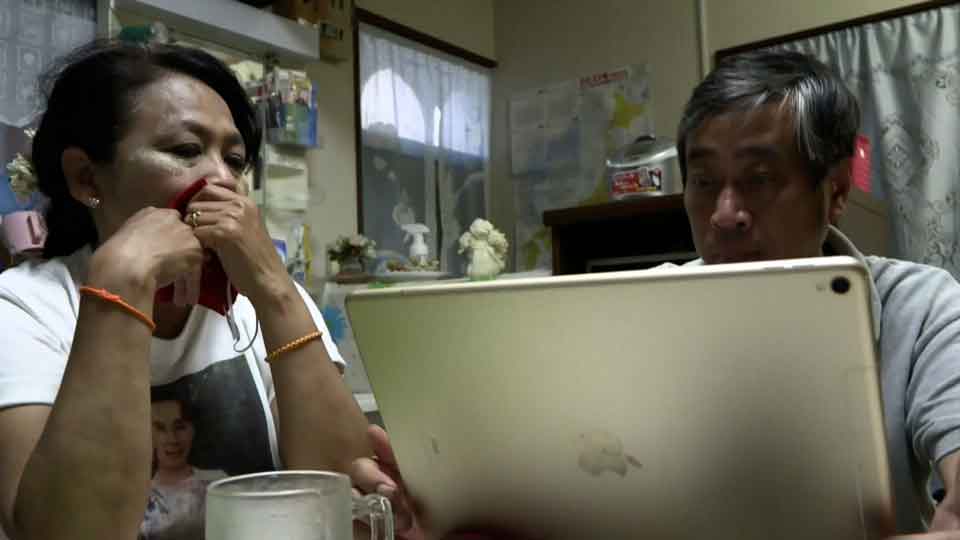
But they did manage to get in touch with one woman whose husband was killed in the crackdown. She says the military has remained there since April 9, occupying the city.
“At night, they come and search our homes,” she says. “Many of our young people have been arrested and almost all of them are gone.”
Digital investigation
To find out exactly what happened in Bago, NHK teamed up with non-profit group Myanmar Witness, which specializes in open-source investigations.
“When people stop uploading footage, it allows certain parties to control the narrative of what happens,” says Benjamin Strick, head of investigations at Myanmar Witness. “More than ever, it’s important to start to investigate and collect footage.”
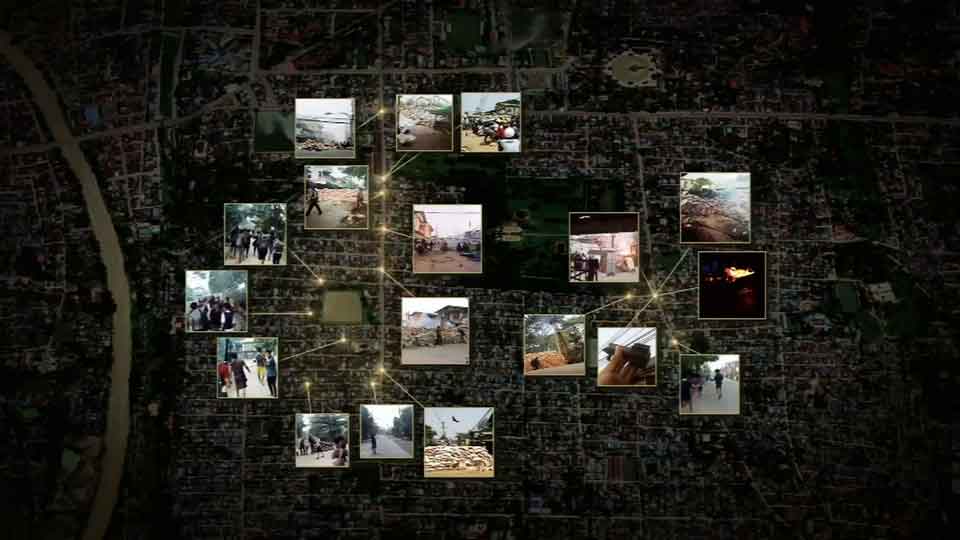
Over the course of three months, NHK and Myanmar Witness gathered over 200 photographs and 100 videos taken in Bago before and after the crackdown.
We identified when and where the images were taken using satellite data and other methods, then cross-referenced this information with testimony from 16 witnesses.
Crackdown starts in early morning
Before the crackdown, protesters who had been out in the streets of Bago had set up barricades to protect themselves against the military. According to the digital investigation, they were positioned on three main roads. Groups of about 20 took turns to keep watch at each main barrier.
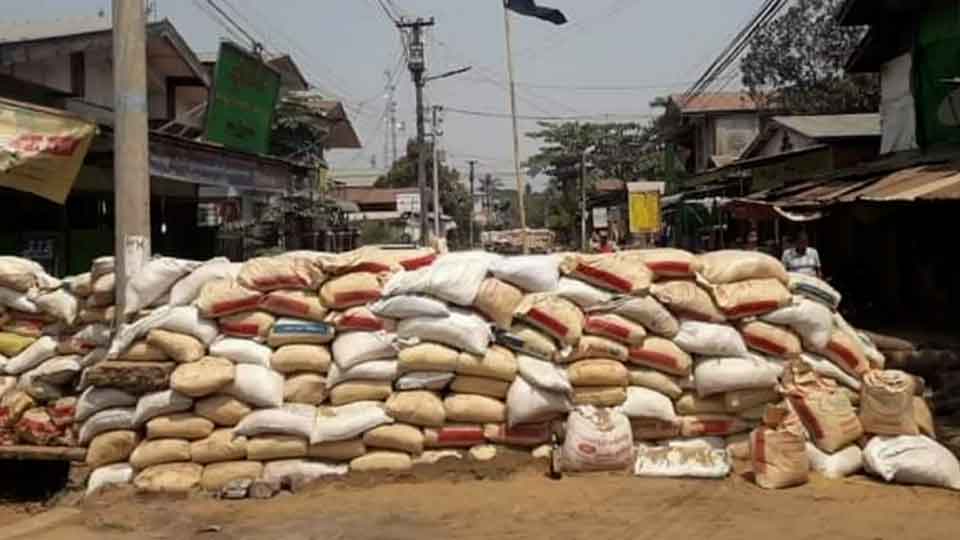
The attack started early in the morning of April 9, with loud explosions reverberating through the city. According to witness testimony, the military stationed personnel at four points around the city, blocking all roads out. Then, the units moved in to attack.
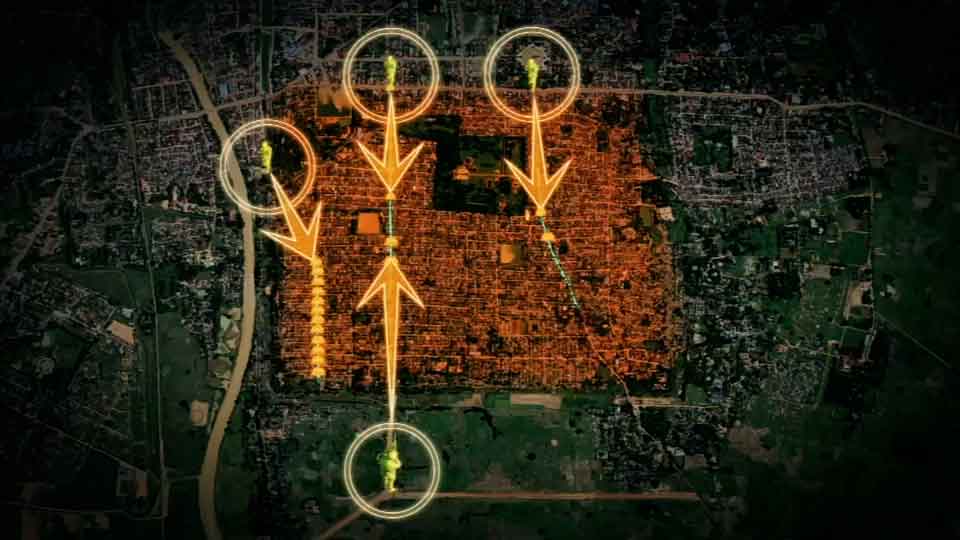
Thar Gyi (a pseudonym) was near the first barricade to come under attack. He says the military struck when most people stationed there were on a break and napping.
A video shows some protesters trying to stand their ground by launching handmade projectiles. But the military quickly swept through the barricades.
Military weapons
Photos of the weapons and ammunition said to have been used by the military in Bago circulated on social media. We confirmed one of them was taken near the eastern barricade.
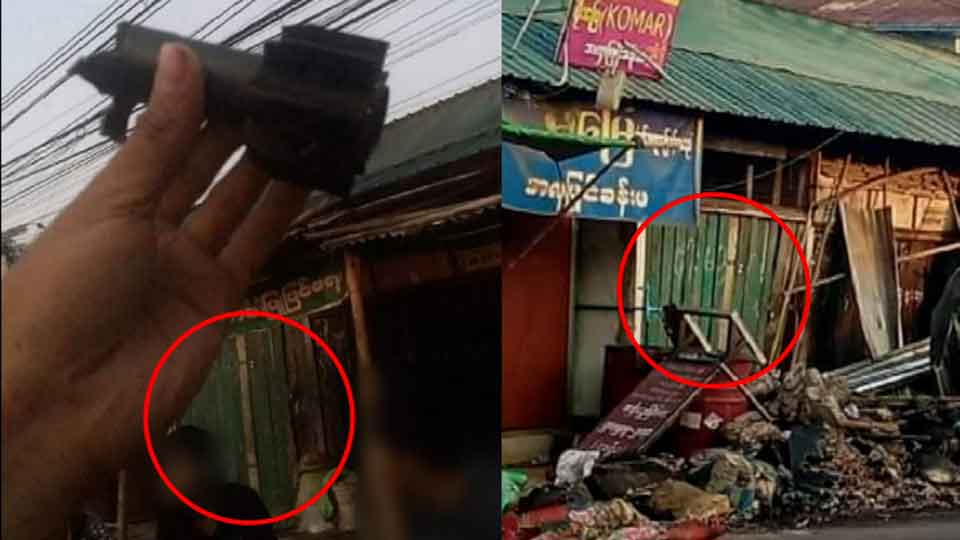
According to a weapons expert, the photo shows a fragment of a 40mm rifle grenade. The expert says it is very explosive and has a high penetration capacity.
According to one witness, the military was brutal and merciless. “Many protesters died. In some groups, everyone was wiped out.”
“The soldiers captured people who had been shot and beat them with their guns,” said Myo Ko, another protester. “The roads were literally flowing with blood.”
The attack lasted nine hours. Witnesses say military personnel carried off some of the bodies, making it impossible to confirm the exact death toll.
Residents leave town
Following the crackdown, many young protesters have fled to the surrounding countryside, some of which is under the control of ethnic minority armed militias.
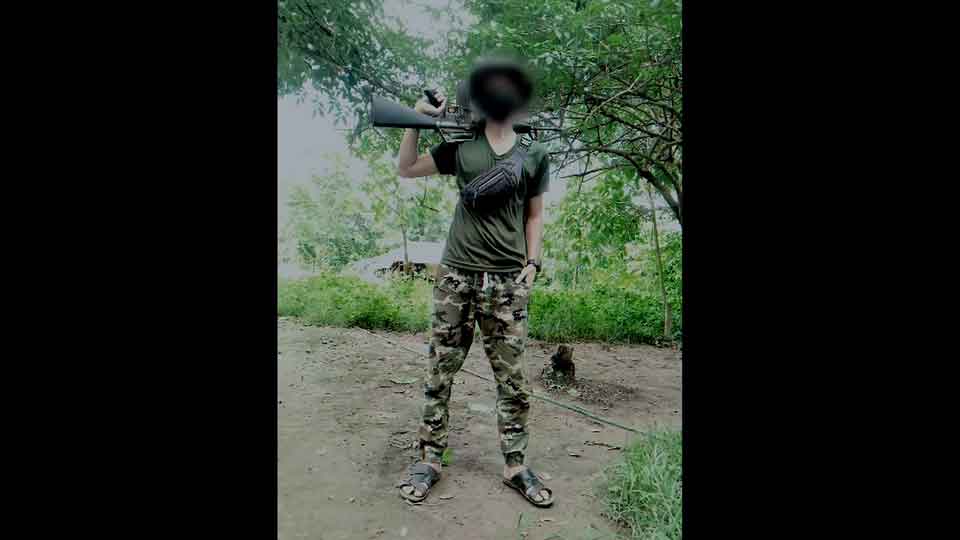
Thar Gyi is one of them. He says he realized on April 9 that he needed to learn to protect himself.
“Of course I’m afraid to die,” he said. “But now is not the time to say that. If I go back to Bago, I will probably be arrested and tortured to death. If that’s the case, I want to do something so that I don’t die in vain.”
